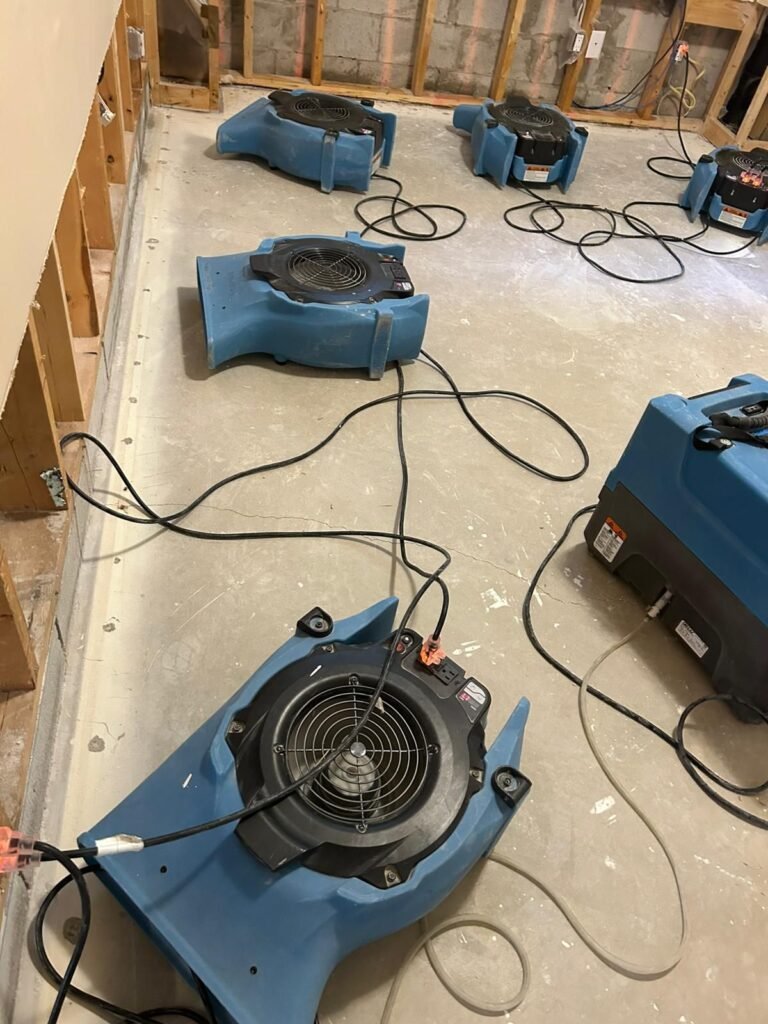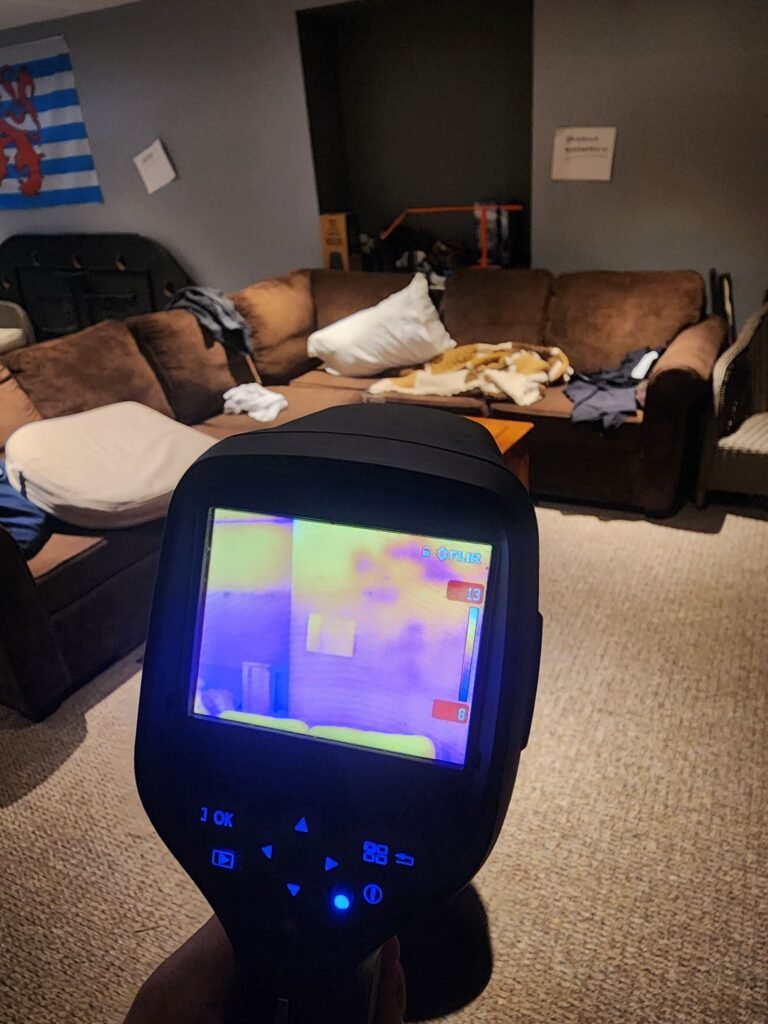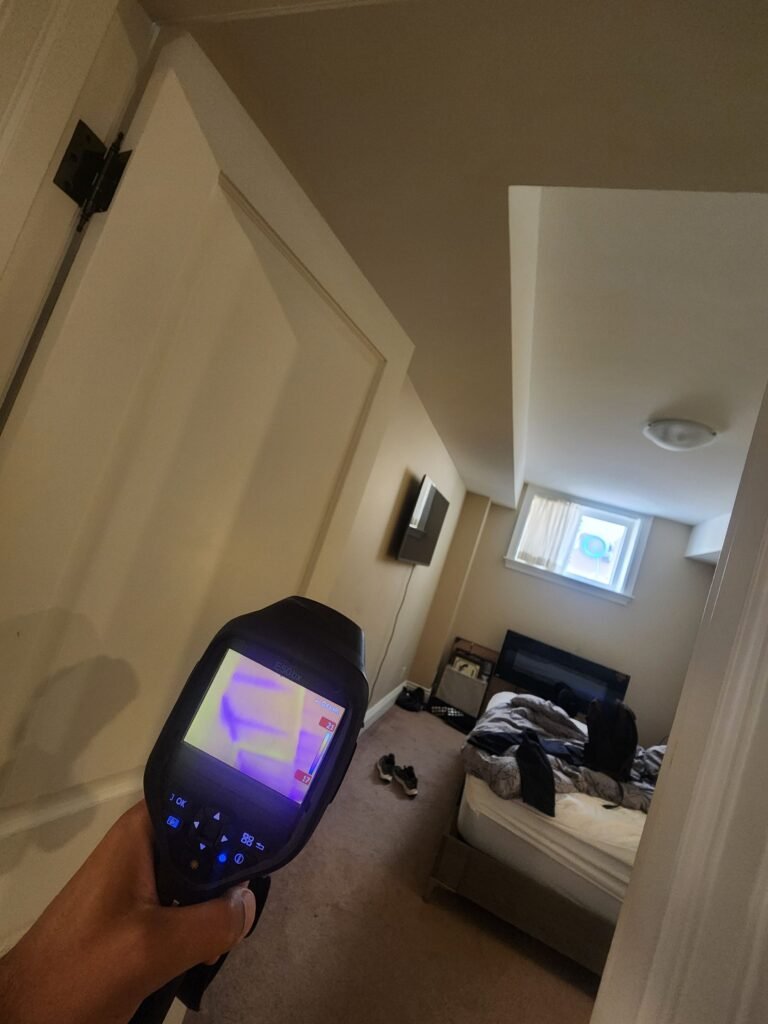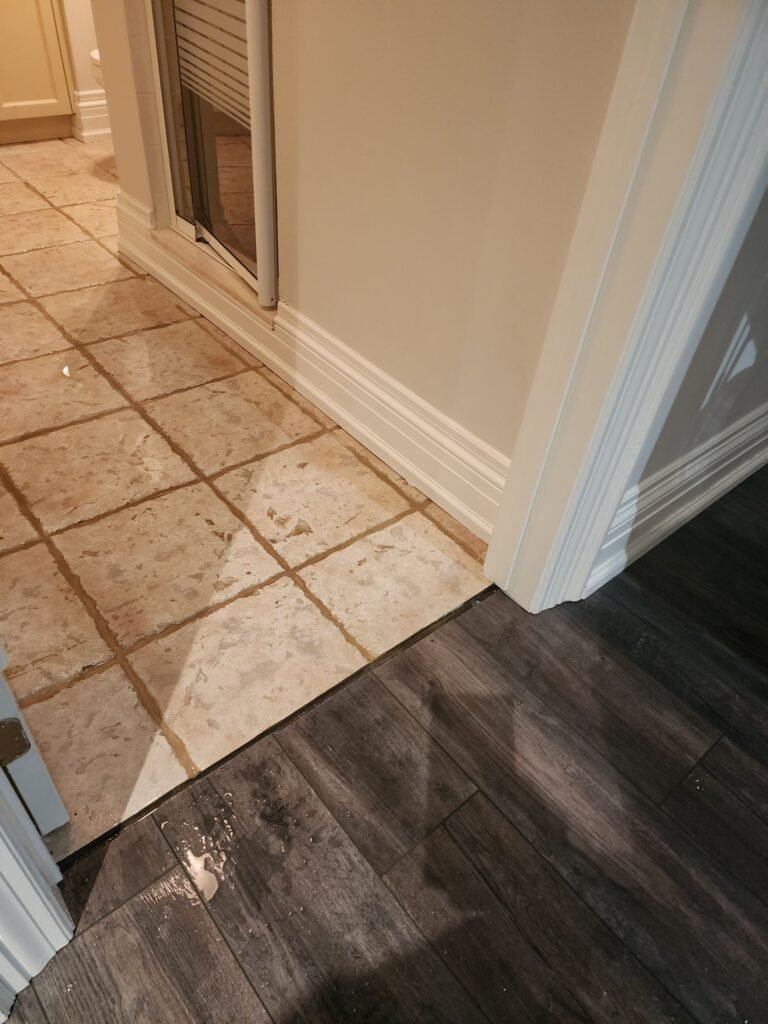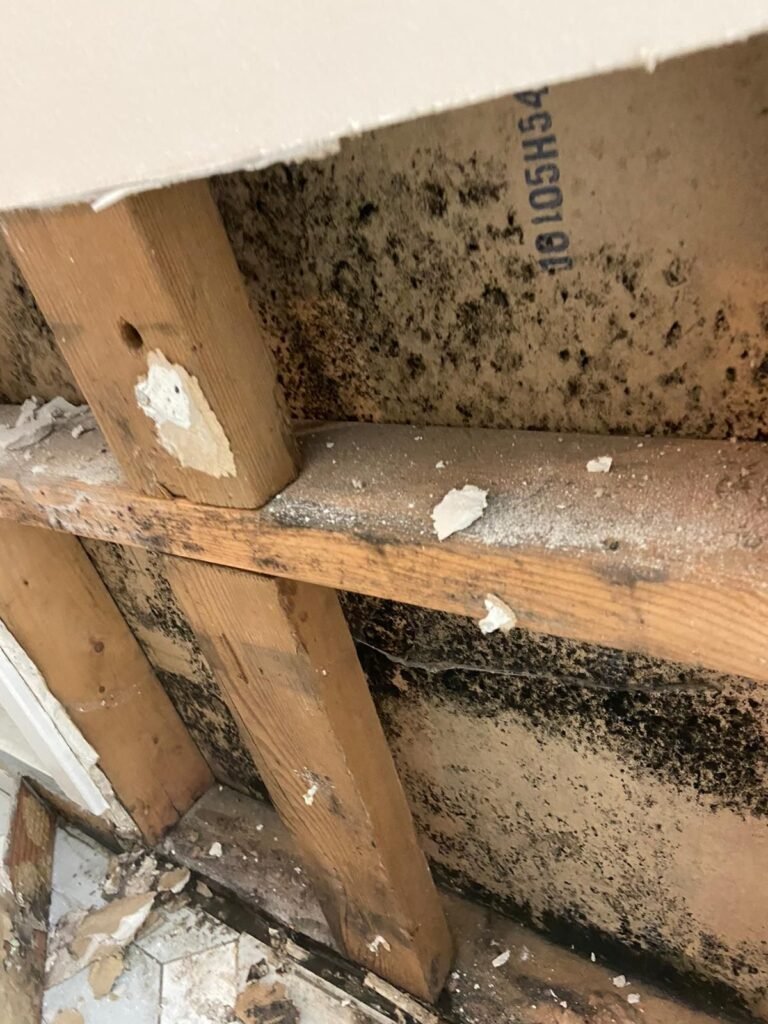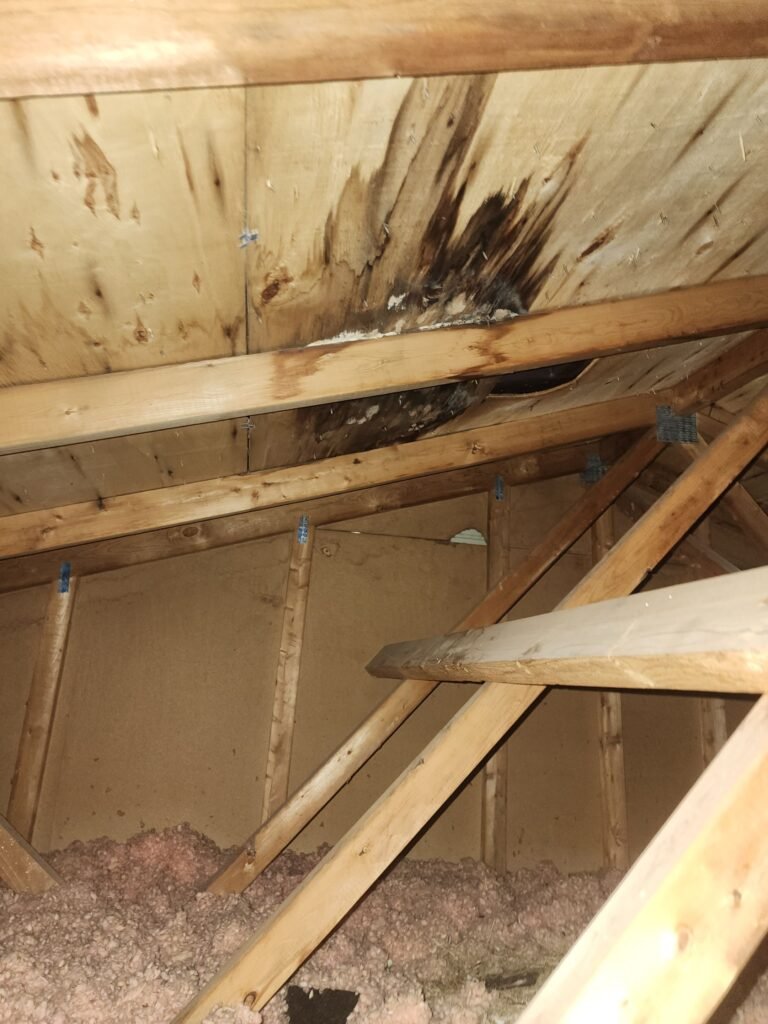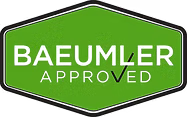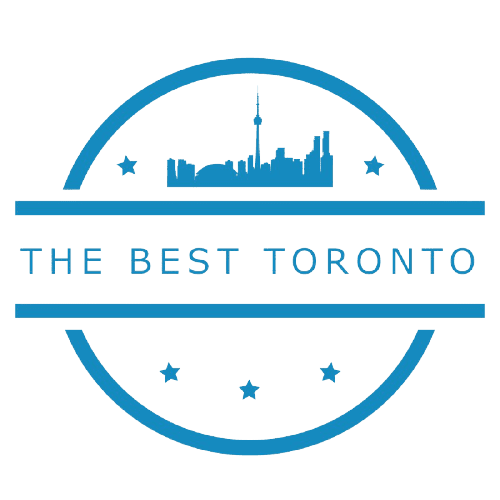Sewer Backup Repair Toronto
Toronto homeowners frequently face sewer backups, which explains why repair services stay busy year-round. This messy situation leaves property owners concerned about cleanup and repair costs. The typical sewer backup repair bill runs between $1,000 to $4,000 based on how bad things are. Severe cases can even hit $50,000. A sewage backup can cause a lot of stress. This is especially true because you are responsible for the pipes from your property line to your home. On top of that, cleanup costs usually fall between $1,000 and $5,000. This makes sewer backup coverage worth thinking over for anyone owning a home in Toronto. Our skilled team addresses the main causes of backups. We handle tough clogs that damage your sewer lateral and pipes that have fully collapsed. Let’s look at what causes sewer backups in Toronto. We will also see how professional plumbers fix these issues. Next, we will explain what sewer backup insurance means for you. Finally, we will discuss why expert cleanup companies are important for solving your plumbing emergency quickly and reliably. What causes a sewer backup in Toronto? Toronto homeowners deal with sewer backups quite often, and they usually need professional help to fix them. You can prevent expensive damage and health risks by knowing what causes these problems. Let’s get into the five biggest problems behind sewer backups in the city. Clogged drains and household waste Regular household items that go down drains cause a lot of sewer backups. Here are the usual suspects: These items build up and create tough blockages that stop water from flowing properly. The clogs can wear down your sewer lateral – the pipe that connects your home to the city’s system. This worn-down pipe starts leaking and eventually fails. Tree root intrusion into sewer lines Trees naturally look for water, which makes sewer lines perfect targets. Warm vapor leaks through tiny cracks or loose joints and attracts roots. Roots find these openings and grow inside the pipe. They create a hair-like mass that catches fats, oils, grease, and other stuff. Root problems get pricey to fix. This happens a lot with older Toronto homes that have clay sewer lines because they crack easily. Aging or broken sewer pipes Sewer pipes break down with time, especially in older Toronto properties. Clay and cast iron pipes in aging systems tend to crack, corrode, and collapse. Moving soil, construction work, and regular wear and tear damage the pipes. Damaged sections leak water, which draws in tree roots and creates new problems. Even newer plastic pipes can have issues when soil moves or construction happens nearby. Heavy rainfall and city sewer overflow About 23% of Toronto’s older areas use combined sewer systems – one pipe handles both sewage and stormwater. Heavy rain can overwhelm these systems, and this forces mixed stormwater and sewage to overflow. Engineers designed these combined sewer overflows to prevent system overload and property flood damage. The overflow carries harmful bacteria, pathogens, and other contaminants that can back up into homes. Backwater valve failure Backwater valves should stop sewage from flowing back into your home, but they can fail, too. Valve covers can cause many problems. Inspectors found that all but one of these covers did not screw down properly or became cross-threaded. Homes with foundation drains connected to sanitary or combined sewer systems downstream of the valve face risks. Without regular maintenance, waste and stormwater back up during heavy rain. How professionals fix flood sewer backups Professional plumbers use several specialized techniques to fix sewer backups in Toronto homes. Skilled technicians follow a step-by-step approach to find and solve the problem when they arrive at a property with backup problems. Video camera inspection to locate the issue Plumbers begin by putting a waterproof camera on a flexible cable into the main sewer line. They do this through a cleanout access point or vent stack. This small but strong camera moves through the pipes. It sends live video to a monitor. This shows technicians what is happening inside the pipes. The camera inspection spots issues like clogs, root intrusions, or damaged pipes without any digging. Modern technology allows radio transmitters in these cameras to record the exact depth and location of defects. This removes the guesswork found in older methods. Hydro jetting to clear blockages Professionals use hydro jetting after finding blockages. This powerful cleaning method uses high-pressure water jets up to 3,500 PSI and 68 litres of water per minute. The technique pushes obstacles through wastewater lines into the city’s sewer disposal system. Hydro jetting is better than regular drain snaking. It cleans the walls of pipes and removes residue. This helps prevent future blockages. The process clears the pipe of grease, debris, sludge, and even tough tree roots. Trenchless sewer line repair or replacement Trenchless repair offers a solution that doesn’t need much digging when pipes are too damaged to clear through jetting. This modern technique needs just two small holes—one at the start and another at the end. Plumbers either burst out the damaged pipe and replace it or reline the existing pipe with an inflatable liner. This method keeps your lawn, garden, and walkways intact while providing affordable solutions that meet all standards. Backwater valve installation or repair Professionals suggest installing or fixing backwater valves to stop future sewer backups. These devices work like one-way gates that let sewage flow out while blocking backflow during heavy rain. The valve’s flap stays open during normal use but closes by itself when water or sewage tries to flow back toward your home. Professional installation puts the valve in the right spot, secures the glass top, and follows Toronto’s building permit rules. Understanding water sewer backup insurance and coverage Your home’s financial protection against sewer problems deserves the same attention as fixing them. Most Canadian home insurance policies don’t include sewer backup coverage. Toronto homeowners should learn about their available options. What does home sewer backup insurance cover? This insurance protects you when unexpected water enters your home through drains, pipes, septic tanks, or downspouts. The coverage pays for: You’ll stay protected, whatever caused the backup – blockages, heavy rain, or system


